Edmonton Market Report, November 2020
We are currently in a price discovery phase in which most vendors are reluctant to sell, and purchasers are paranoid of overpaying. Coupled with this, banking institutions are hesitant to lend despite pressure and incentives from the Government. The perceived uncertainty presents a significant risk to lenders who are already experiencing the fallout of businesses going under and being stuck with bad debt. As previously mentioned, this creates a less-active market, which could include forced or distressed sales, which do not give an accurate depiction of fair market value. Real estate markets take time to adjust to economic fallouts and will filter into valuations over the course of the year. However, real estate fundamentals remain strong, and it is unlikely that they will take a significant hit over the medium term. Valuations may decline in the short-term within some sectors however to account for the uncertainty and risk perceived in the market. Because COVID is an external environmental force, once the issue has been resolved business should return to a “new normal” and property values will recover or rather stabilize at levels that are congruent with the economic recovery. The lower transaction volumes and short-term nature of the circumstances would make any short-term drop in values insignificant to investors who understand the long-term stability of real estate assets.
Sale volumes over the first half of the year did not experience any significant decrease through all property types, except office transactions did slightly dip. This is due to the ample amount of office space that came onto the market with the completion of Stantec Tower and the JW Marriott building. These stable numbers can be attributed to negotiations prior to the COVID crisis. Real estate transactions tend to lag the market, as they are negotiated three to six months prior to the completion of the contract. More recent data through August, September, & October reveals a different story. Data from these three months shows a significant decrease in activity within the retail, office, & industrial sectors. Retail transactions dropped 50% year-over-year in October and 75% in September, indicating a relatively “frozen” market within these asset classes. The instability of global oil prices has also impacted industrial movement with the market slowing 25% - 55% over the last three months compared to last year. Total sale value has also decreased significantly, as there has been far less trading of larger industrial and office buildings.
These data are representative of a market that has come to the realization that the COVID crisis will drag on longer than hoped. It is also representative of public announcements on the number of businesses pulling out of their physical locations with no plans or desire to return in the immediate future. The decrease in volumes does not necessarily mean value will follow suit. What it indicates is that market participants are taking a “wait & see” approach to the retail & office sector. Improved multi-family property and commercial land on the other hand have remained relatively stable. Multi-family assets, as well as land are seen to be resilient investments with stable long-term returns and appreciation. People will always need a place to live, and with the rise of remote working, people need a suitable environment to live & work, which will likely increase demand for housing with additional space. Although migration is non-existent in the current climate, immigration is expected to return to previous numbers through 2021. Sale volumes for single-family residential property have increased 35% in September year-over-year, with price trends increasing with it. This can be attributed to the record low interest rates and pent-up demand from the spring lockdowns, as well as the desire for hard assets in times of economic instability.
There is optimism within the real estate community that vacancies will be filled when restrictions are lifted through 2021. My professional opinion is that human adaptability and creativity will find use in the available space once the circumstances have subsided.
